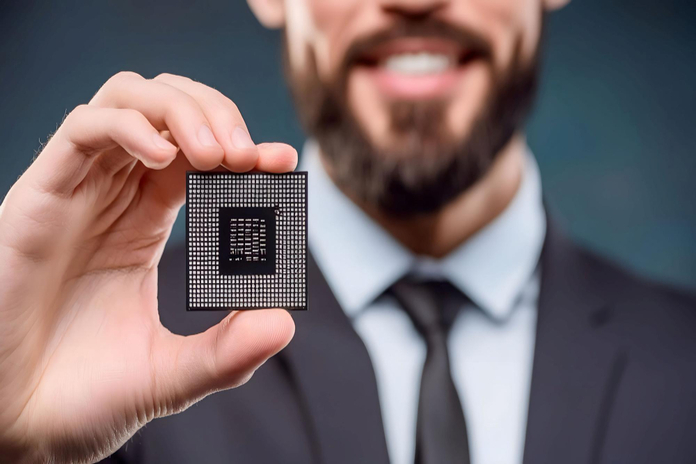Intel Corp. (NASDAQ:INTC), once a dominant force in the semiconductor industry, is now facing some of the most challenging times in its 56-year history. As the company grapples with declining revenues and significant losses, it is reportedly exploring drastic measures to stem the tide. The most notable of these is the potential split of its foundry business, a move that could fundamentally reshape the company’s future.
Intel’s Foundry Business: A Double-Edged Sword
The idea of separating Intel’s foundry business, which focuses on manufacturing chips for external customers, marks a significant shift from CEO Pat Gelsinger’s original strategy. Gelsinger has been a staunch advocate of the foundry business, viewing it as a key component in Intel’s plan to regain its technological leadership and compete with industry giants like Taiwan Semiconductor Manufacturing Co. (NYSE:TSM). However, the foundry business has been struggling financially, reporting operating losses of $2.8 billion in the most recent quarter.
Gelsinger’s strategy involved expanding Intel’s factory network to serve both its internal needs and external customers. However, with the company’s sales shrinking, this ambitious plan has proven to be a money-losing proposition. Intel’s net loss of $1.61 billion last quarter has only intensified the pressure on Gelsinger to find a viable solution. Analysts, like Amir Anvarzadeh of Asymmetric Advisors, have predicted significant capital expenditure cuts over the next year, emphasizing that Intel’s current business model is “effectively broken.”
Exploring Strategic Alternatives
In response to its mounting challenges, Intel has enlisted the help of its longtime bankers, Morgan Stanley (NYSE:MS) and Goldman Sachs Group Inc. (NYSE:GS), to explore various strategic alternatives. These discussions, which are still in the early stages, include the possibility of splitting the product-design and manufacturing businesses. Such a move could allow Intel to focus more on its core strengths and potentially divest or scale back its foundry operations.
The potential separation or sale of the foundry division would represent a significant about-face for Gelsinger, who has been championing the business as a critical element of Intel’s comeback plan. Yet, with the foundry business still heavily reliant on Intel itself as its primary customer, it remains financially challenged and far from being a self-sustaining entity.
Impact on Intel’s Market Position
Intel’s struggles have had a profound impact on its market position. Once a leader in the semiconductor industry, Intel has now fallen out of the top 10 largest chipmakers globally by market value. The company’s market capitalization currently stands at $86 billion, a far cry from its former status as a dominant player. Intel’s stock has declined 60% this year, making it the second-worst performer on the Philadelphia Stock Exchange Semiconductor Index.
In stark contrast, Nvidia Corp. (NASDAQ:NVDA), a former competitor that Intel once dwarfed in terms of revenue, is now on track to post double Intel’s revenue in 2024. Nvidia’s meteoric rise, fueled by its dominance in the AI and graphics processing unit markets, further highlights the challenges Intel faces in maintaining its relevance in the rapidly evolving semiconductor industry.
The Road Ahead for Intel
As Intel navigates this difficult period, the company is expected to present its strategic options during a board meeting in September. While no major moves are imminent, the urgency of the situation suggests that significant changes could be on the horizon. Intel has already taken steps to address its financial woes, including job cuts, reduced capital spending, and the suspension of its dividend. However, these measures alone may not be enough to reverse the company’s fortunes.
The departure of director Lip-Bu Tan, a semiconductor veteran brought in to aid Intel’s comeback, has added to the company’s instability. His resignation removes one of the few board members with deep industry expertise, further complicating Intel’s efforts to chart a path forward.
Conclusion
Intel’s consideration of a foundry split reflects the severity of the challenges facing the company. As CEO Pat Gelsinger and the board weigh their options, the future of Intel’s foundry business—and indeed the company itself—hangs in the balance. Whether through a split, a sale, or another strategic move, Intel’s decisions in the coming months will be critical in determining its ability to remain a significant player in the global semiconductor industry.
Featured Image: Freepik



